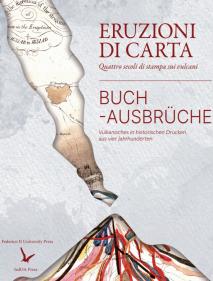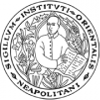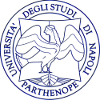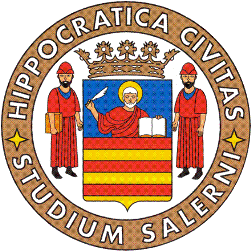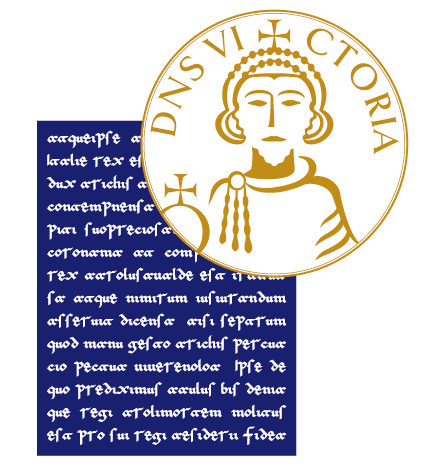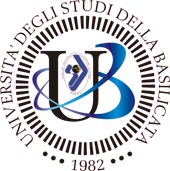Paper Eruptions. Four Centuries of Volcanoes in Print: Buch-Ausbrüche. Vulkanisches in historischen Drucken aus vier Jahrhunderten
Synopsis
Publishers: FedOA - Federico II University Press
Series: Storia e iconografia dell’architettura, delle città e dei siti europei
Pages: 334
Language: Italian
NBN: http://nbn.depositolegale.it/resolver.pl?nbn=urn:nbn:it:unina-29904
Abstract: Disasters have always been a key theme in artistic creation and visual language, as confirmed by the prevalence and persistence of images depicting the unleashing of the forces of nature and their consequences on cities and the landscape. In particular, volcanoes, the dispensers of death and desolation but also of sublime scenes, have constantly inspired painters and engravers, also soliciting the curiosity of those who wished to understand how flames, ash, and fiery stones could pour from the bowels of the earth. In the early modern age, the reactivation of volcanoes in the Phlegraean and Vesuvian areas, after long centuries of dormancy, marked the beginning of a new interest among European readers in the phenomena they produced. Having sensed that new spaces were opening up in the publishing market, both local and international, many bookseller-printers began to publish a large number of tales, treatises, collections of verse and pictures relating to eruptions, which were going to satisfy the tastes and interests of a varied public composed of naturalists, archaeologists, scholars, cultured and wealthy travelers who covered the Italian peninsula in the course of their grand tour, but also of more modest onlookers. On such varied production this volume, arising from the exhibition Eruzioni di carta. Four Centuries of Volcanoes in Print, offers multiple points of view through a body of works dating from the second half of the 16th to the early 20th century.
Downloads
